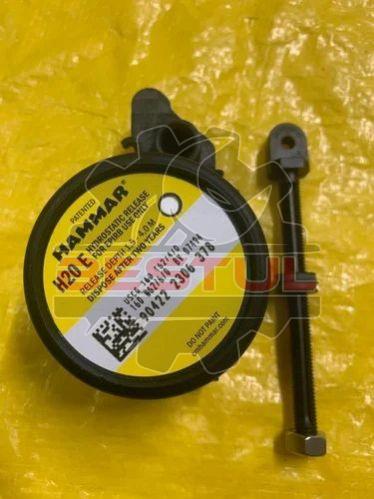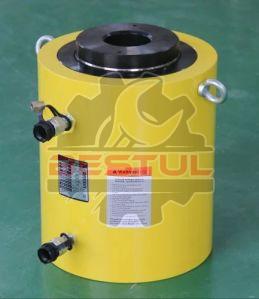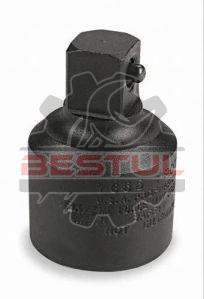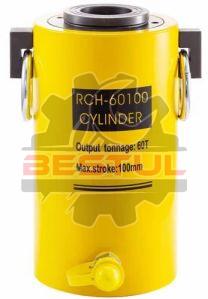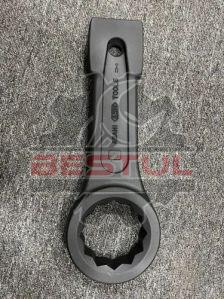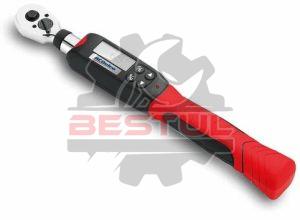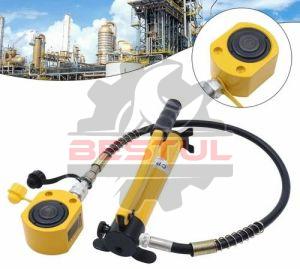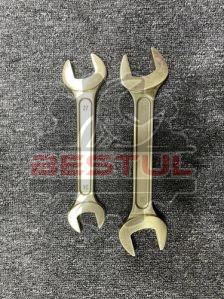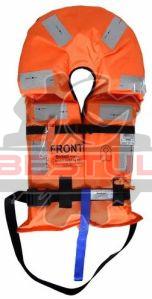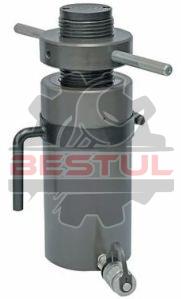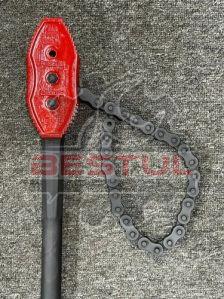| Business Type | Exporter, Supplier |
| Brand Name | HAMMAR |
| Dispose After | 2 Years |
| Release Depth | 1,5 - 4,0 M |
| Click to view more | |
Product Details
The Hammar H20E Hydrostatic Release Unit (HRU) is a component used in conjunction with Emergency Position Indicating Radio Beacons (EPIRBs). In the event of a vessel sinking, the HRU automatically releases the EPIRB from its mounting bracket, allowing it to float to the surface and transmit its distress signal.
Here's how it generally works:
Water Pressure Activation: The HRU is triggered by the increasing water pressure when a vessel sinks. Once the water pressure reaches a certain level (usually around 1.5 to 4 meters underwater), the HRU activates.
Release Mechanism: Upon activation, the HRU releases the EPIRB from its mounting bracket. This ensures that even if the vessel is submerged, the distress signal is sent.
Float to Surface: The EPIRB, now released from the vessel, rises to the surface of the water. It's designed to float and continue transmitting its distress signal.
Distress Signal Transmission: Once on the surface, the EPIRB begins transmitting its distress signal on designated emergency frequencies, allowing search and rescue teams to locate the vessel and its crew.
Battery Life: EPIRBs typically have a battery life of several years, ensuring they remain operational in case of emergencies. However, it's important to regularly check and replace the battery as needed to ensure functionality when it's needed most.
The Hammar H20E is known for its reliability and effectiveness in releasing EPIRBs in emergency situations, offering peace of mind to mariners in case of vessel emergencies.

